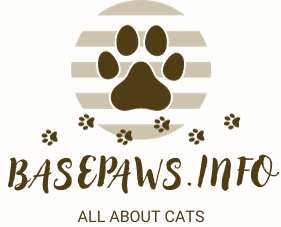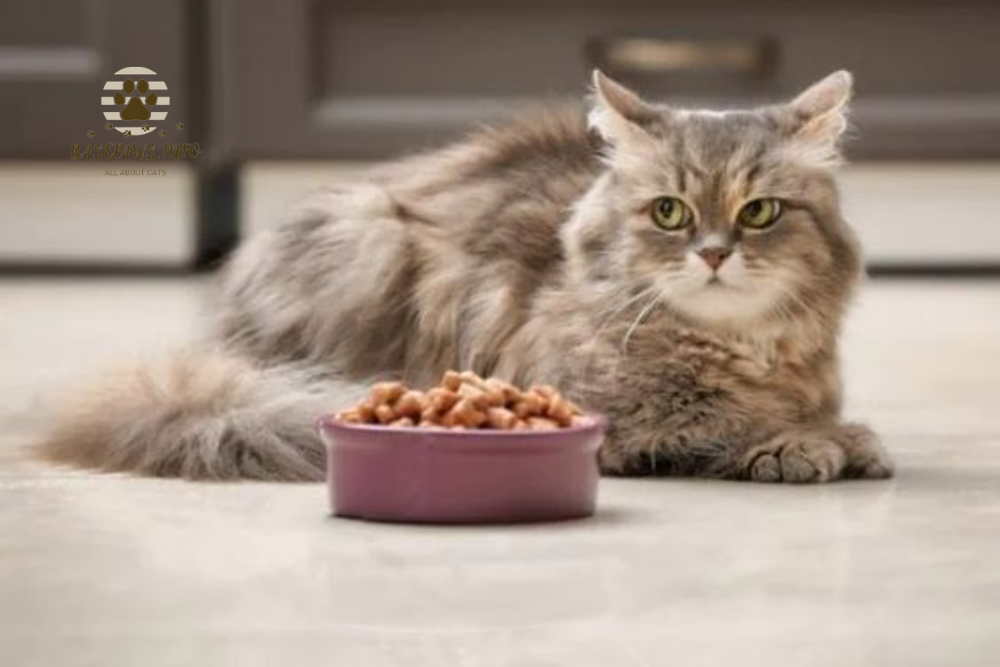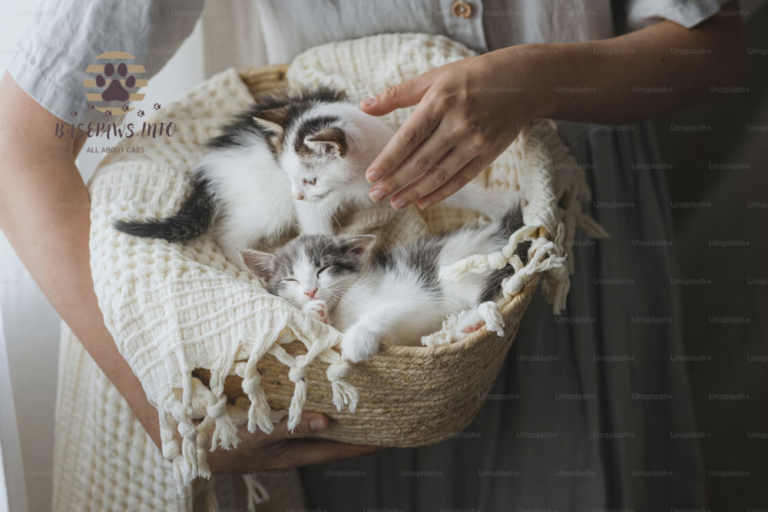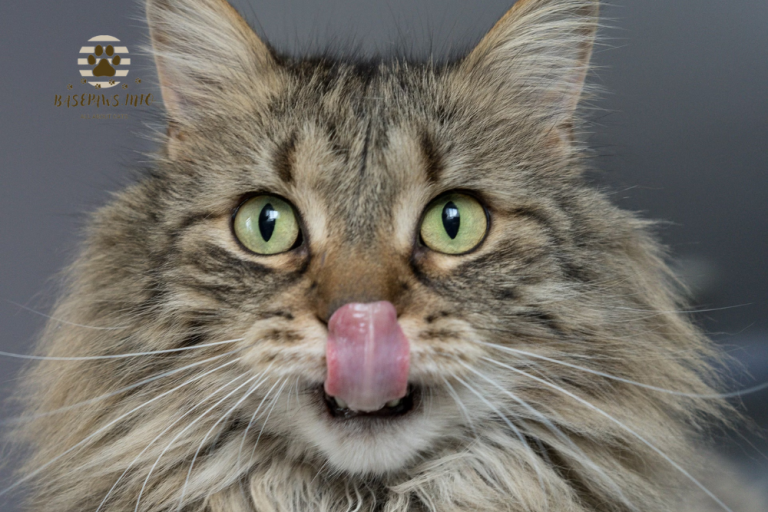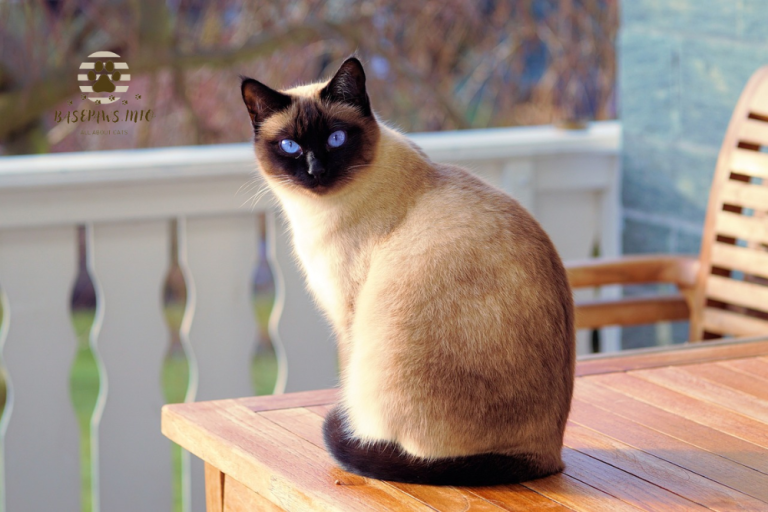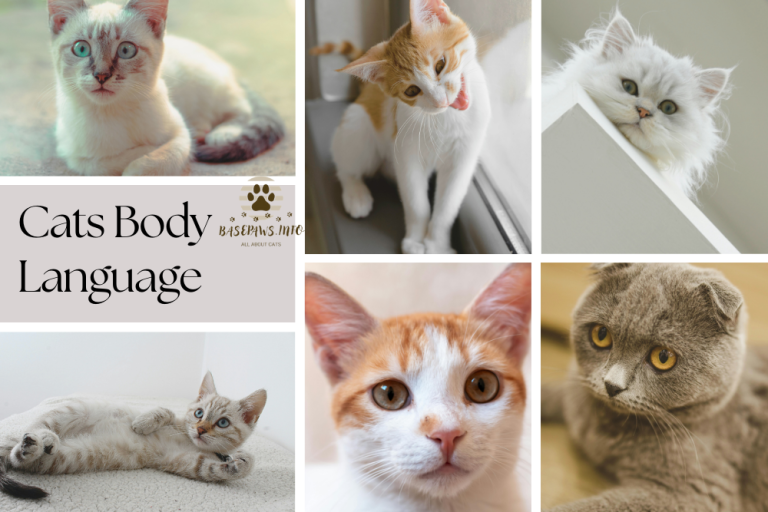Bland Diets for Cats: A Complete Guide for Feline Digestive Health
Is your cat experiencing digestive issues like vomiting or diarrhea? It can be distressing to watch your furry friend in discomfort, and it often leaves you searching for quick and effective solutions. Digestive problems in cats are quite common, and they can stem from various causes, including dietary indiscretion, infections, or even stress. Luckily, a simple bland diet can help alleviate symptoms and bring your cat back to health.
Cats with sensitive stomachs or short-term illnesses can benefit greatly from a bland diet. Designed to give the digestive system a break, bland diets are easy on the stomach while still providing essential nutrients. They are often used as a temporary solution, allowing your cat to recover from digestive disturbances while still receiving the nourishment they need to maintain their health.
This guide provides everything you need to know about implementing a bland diet for your cat. From ingredients to preparation and serving, you’ll learn step-by-step how to manage your cat’s digestive distress effectively, ensuring they feel better and regain their appetite in no time.
Understanding the Purpose of Bland Diets
Bland diets are essential for cats recovering from digestive issues. By focusing on easy-to-digest proteins and low-fiber carbohydrates, these diets reduce stress on the digestive system, allowing it to heal without further irritation. This is crucial, as a healthy digestive tract is vital for your cat’s overall well-being. Also, its important to notice body language of cats.
Benefits of a Bland Diet for Feline Health
A bland diet provides essential nutrients while giving the stomach and intestines a rest. Benefits include:
- Easier Digestion: The simplicity of the ingredients makes them easier for your cat’s digestive system to process, reducing the chances of further upset.
- Reduced Inflammation: Bland diets often contain ingredients that are less likely to cause inflammation or irritation in the digestive tract.
- Nutritional Balance: While bland, these diets still provide the necessary proteins, carbohydrates, and fats needed for recovery.
When to Consider a Bland Diet for Your Cat
A bland diet is particularly helpful when your cat shows signs of upset stomach, vomiting, or diarrhea. These symptoms often indicate that your cat’s digestive system needs time to recover, which a bland diet can support. Additionally, if your cat has recently transitioned to a new diet or experienced any stress, a bland diet may help stabilize their digestive health.
Why Cats Might Need a Bland Diet
Common Causes of Digestive Upset
Digestive problems in cats can result from a variety of factors, including:
- Eating something inappropriate: Cats are naturally curious and may eat plants, spoiled food, or human food that can upset their stomach.
- Infections or parasites: Bacterial infections or intestinal parasites can disrupt normal digestion, leading to symptoms like vomiting or diarrhea. Knowabout cat eye infections.
- Stress or sudden changes in diet: Changes in the household, travel, or even a new pet can cause stress that affects your cat’s digestion. Additionally, abrupt dietary changes can lead to digestive issues.
Symptoms of Digestive Distress
Common symptoms that might signal the need for a bland diet include:
- Vomiting (frequent or occasional)
- Diarrhea (loose stools or liquid)
- Loss of appetite or refusal to eat
- Lethargy or decreased activity levels
- Abdominal discomfort or bloating
Consulting a Vet Before Starting a Bland Diet
It’s essential to consult your vet if symptoms persist for more than 24 hours or if your cat has underlying health issues. A vet can recommend specific bland diet adjustments or other treatments, including medications or tests to rule out serious conditions. Your vet’s guidance can ensure that you’re taking the right approach for your cat’s unique health needs.
Components of an Effective Bland Diet for Cats
A balanced bland diet should include proteins, carbohydrates, and fiber sources that are easy on your cat’s stomach.
Proteins: Recommended Options
- Chicken (skinless, boneless): Easily digestible and low in fat, making it ideal for sensitive stomachs.
- Turkey: Another lean meat option that is gentle on the digestive system.
- Fish (limited to types safe for cats): Salmon or whitefish can be beneficial but should be given in moderation due to potential higher fat content.
Carbohydrates
- Rice (white rice is gentle on the stomach): A primary carbohydrate that is easy to digest and can help firm up stool.
- Sweet Potatoes: A healthy option that provides vitamins and fiber, aiding digestion.
- Pasta (occasionally, in small amounts): Can be included as a carbohydrate source, but should be given sparingly to prevent excess calorie intake.
Fiber Sources
- Pumpkin (plain, canned pumpkin is best): Known for its digestive benefits, pumpkin is rich in fiber, which can help regulate stool consistency.
- Bananas (in very small quantities): While not a common feline food, bananas can provide fiber and potassium if your cat enjoys them.
Foods to Avoid in a Bland Diet
Avoid foods that are high in fat, dairy products, and foods with strong spices. Milk and dairy products can often worsen digestive issues in cats due to lactose intolerance. Additionally, processed foods, sugary snacks, and any items containing artificial preservatives should also be avoided to prevent further digestive upset.
Preparing and Serving a Bland Diet
| Ingredient | Cooking Method | Portion |
| Chicken/Turkey | Boiled | 1/3 of the total meal |
| Rice | Boiled | 2/3 of the total meal |
| Pumpkin (optional) | Boiled or mashed | 1-2 tablespoons |
Safe Cooking Methods
Use methods like boiling or baking to prepare ingredients. Avoid adding oils, seasonings, or spices, as these can irritate the digestive system. Cooking methods that keep the food simple will be the most beneficial.
Ideal Portion Ratios
Combine protein with carbohydrates in a 1:2 ratio to create a balanced bland diet. For example, one part chicken and two parts rice work well for cats in need of a mild, soothing meal. You can gradually adjust these ratios based on your cat’s appetite and tolerance.
Feeding Guidelines for Cats on a Bland Diet
Initial Withholding Period for Severe Symptoms
If your cat has been vomiting, withhold food for 12-24 hours to allow the stomach to settle. Afterward, introduce small portions of the bland diet, starting with about 1 tablespoon every few hours. This gradual introduction can help avoid overwhelming your cat’s system.
Feeding Portion Sizes and Frequency
Feed small, frequent meals (about 1-2 tablespoons every 4 hours). Gradually increase the amount as your cat’s digestive health improves. It’s crucial to monitor your cat during this time and adjust portions according to their response.
Ensuring Proper Hydration Throughout
Ensure your cat has access to fresh water at all times, as dehydration can worsen digestive symptoms. You can also offer electrolyte solutions designed for pets to help with hydration, especially if your cat has been losing fluids through vomiting or diarrhea.
Transitioning Back to Regular Cat Food
Steps to Gradually Reintroduce Regular Food
Mix small amounts of regular cat food with the bland diet, gradually increasing the regular food portion over several days. Start with a 75/25 ratio of bland diet to regular food, and slowly transition to a full serving of their regular diet over 4-7 days.
Signs to Look For When Transitioning
Watch for any signs of digestive distress during the transition. If your cat experiences vomiting, diarrhea, or loss of appetite, revert to the bland diet and consult your vet. Taking it slow during this process ensures that your cat’s digestive system adapts properly.
Troubleshooting and Additional Care Tips
Addressing Lack of Appetite or Refusal to Eat
If your cat refuses to eat the bland diet, consider warming it slightly or mixing in a small amount of a favorite treat (if allowed) to entice them. Cats can sometimes be picky, especially during times of stress or illness.
Monitoring for Any Signs of Improvement or Deterioration
Keep a close eye on your cat’s behavior, appetite, and litter box habits. Improvement should be noted within 24-48 hours, including decreased vomiting and more normal stool consistency. If no improvement occurs, consult your vet immediately.
Keeping Track of Symptoms
Document your cat’s symptoms and any changes you observe. Keeping a record will help your vet understand the situation better and make informed recommendations.
Special Considerations for Kittens and Senior Cats
Kittens may have different nutritional needs compared to adult cats, so ensure their bland diet includes higher protein content suitable for their growth. For senior cats, consider their dental health when selecting bland diet components, opting for softer foods as needed.
Alternative Home Care for Digestive Health
In addition to bland diets, consider incorporating probiotics designed for cats to support gut health and digestion. Probiotics can help restore the natural balance of gut bacteria, promoting better digestion and overall health. Consult your vet for suitable options.
Frequently Asked Questions (FAQs)
1. How long should my cat be on a bland diet?
Typically, a bland diet should be followed for 2-3 days, or until symptoms improve, but it’s essential to consult your vet for personalized advice.
2. Can I feed my cat other foods while on a bland diet?
It’s best to stick strictly to bland diet ingredients to avoid further upsetting your cat’s stomach.
3. What if my cat doesn’t improve?
If symptoms persist beyond 48 hours, it’s crucial to seek veterinary advice, as underlying issues may need to be addressed.
4. Are there any long-term effects of feeding a bland diet?
Bland diets are designed for short-term use and should not replace a balanced diet necessary for long-term health. Always transition back to a complete cat food once your cat’s condition stabilizes.
Conclusion
Managing a cat’s digestive health can be challenging, but understanding how to implement a bland diet effectively can make a significant difference. With careful ingredient selection, preparation, and monitoring, you can help your cat recover from digestive distress. Always consult your vet for personalized guidance, and remember to transition back to regular food gradually. By prioritizing your cat’s digestive health, you’ll ensure their overall well-being and happiness.
